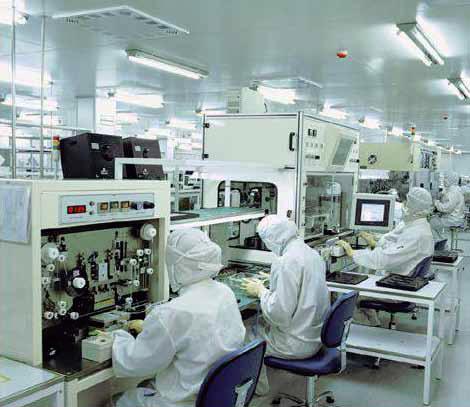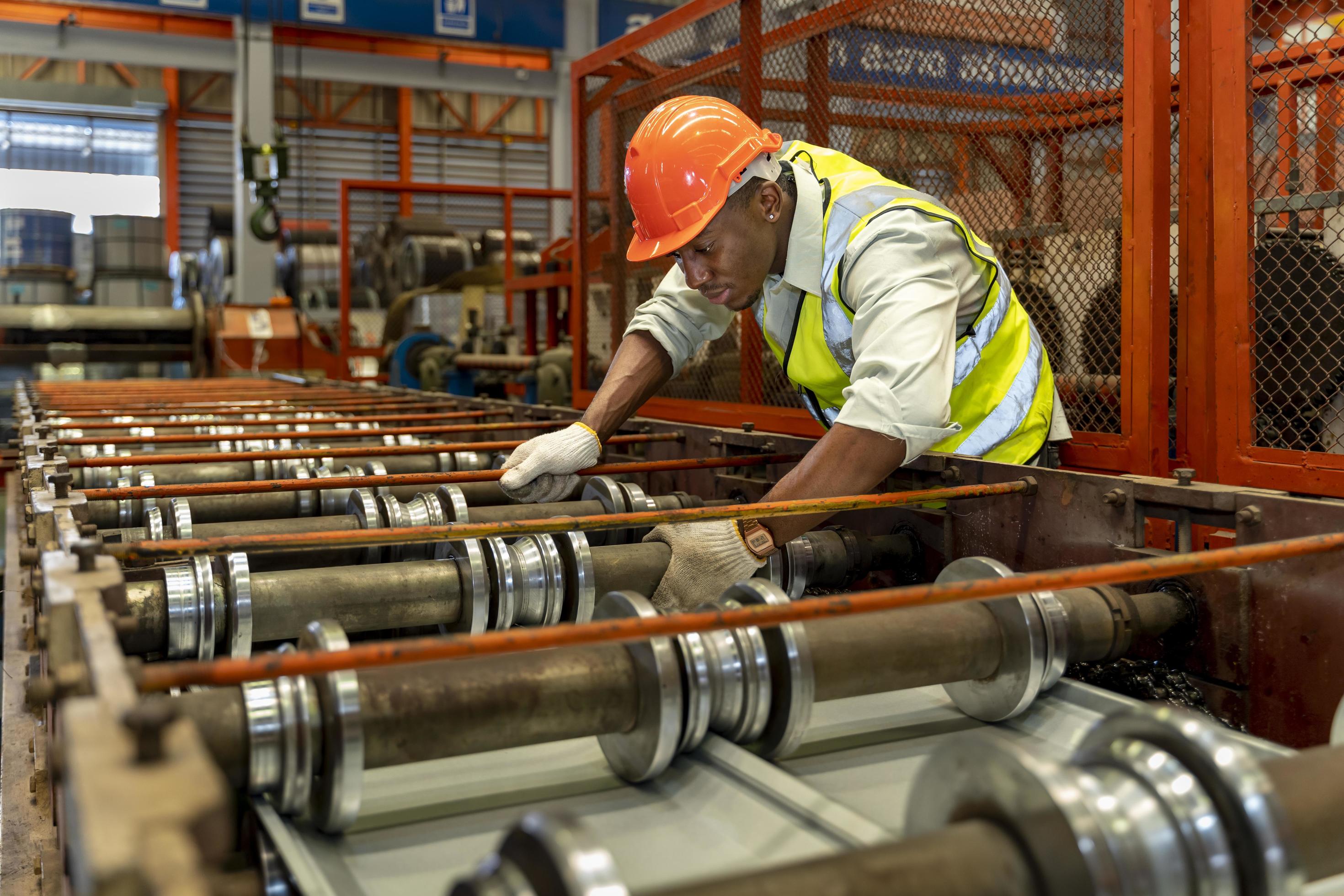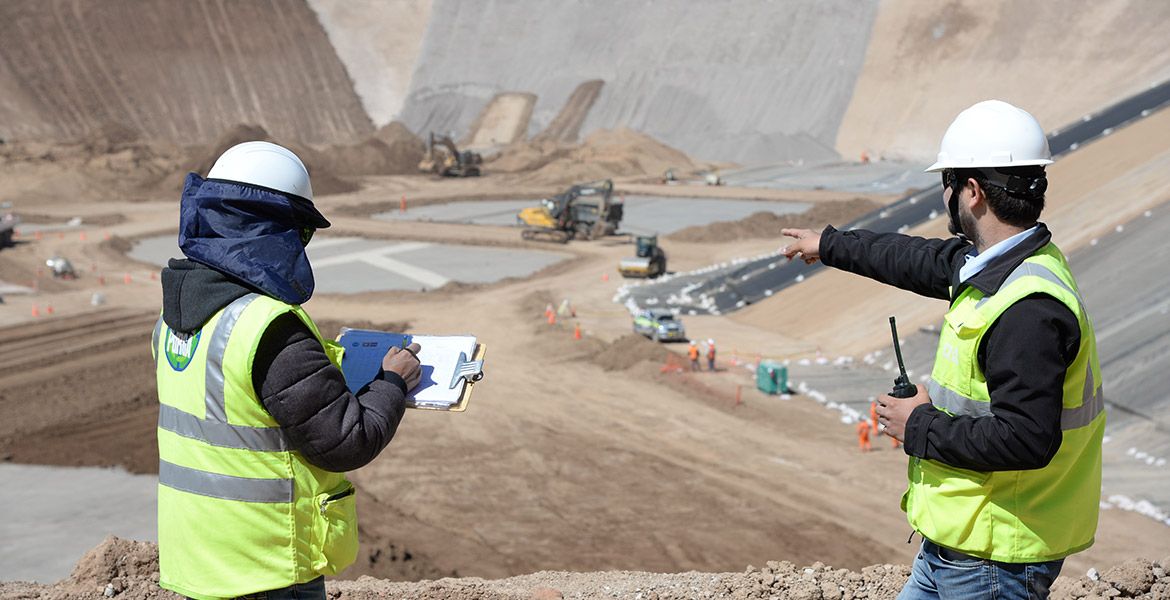
Todd Bolanz, president of LCD manufacturer LXD LLC, tells Jane Bordenave how the company grew from producing screens for digital watches to being one of the biggest players in high reliability displays for use in industry.
Founded in 1971 by Dr. Jim Fergason, LXD LLC was one of the first producers of LCD technology in the world. While the firm originally produced LCDs for digital watches, it now manufactures and distributes specialist screens for industrial applications. It is a private company headed up by president Todd Bolanz, a trained electronic engineer.
Where LXD has really made a name for itself is in the manufacture of displays that can withstand extreme temperature ranges—from -67ºF to +252ºF. Because of these capabilities, LXD products are used extensively in outdoor applications such as on oil platforms, in mines and in fuel pumps, the company’s largest market. One of the ways that it has fostered this reputation is by responding effectively to evolving customer needs.
“In the early days of LXD, we provided what was really just glass or glass with pins on it. It was then up to the customer to take it beyond that with their own controllers and their own methods of development,” says Bolanz. “Today we now offer our clients more of an integrated solution and provide more value add. For example, we now have greater demand for flexible solutions in terms of circuitry interfacing, or what we call ‘controller ICS’. What this means is that our customers want a complete, fully integrated solution that they can just plug in and use in their unit.”
To keep up with demand for new and innovative products, the organization is investing heavily in technological advances. An increased demand among customers for full color displays, rather than the traditional monochrome that LXD is known for, is an important area for development and sales are already taking off. Aside from demand led innovation, the company is also committed to providing improved products to its customers independent of their requests. “Currently, we are focusing on improving response times,” says Bolanz. “That is to say that we are working to ensure that the displays work as effectively and as rapidly at very low and very high temperatures as they do in normal conditions.”
A high degree of customization is also a cornerstone of the LXD business philosophy. The company does not dictate specifications to the customer, but encourages the customer to present its exact specifications. “We actually tell our clients ‘do not design your packaging around the LCD screen—we will make the display work around you’,” explains Bolanz, “What this means is that their finished product is exactly the way they want it to be; they can design their packaging to be sleeker, more high-tech and generally more appealing for their own customers.”
In order to carry out its research and development activities, LXD has established a facility in Research Triangle, Raleigh, North Carolina. The 30,000 square foot facility, which opened in September, will be used exclusively by the engineering and research division. In addition to providing cutting-edge developments, the new facility will enhance the company’s sales and distribution efforts in the east of the country.
When it comes to competition, undercutting is a problem for many companies, especially in the high-tech arena. However, Bolanz is fairly philosophical about this challenge and confident in the firm’s pricing strategy. “Our products are clearly not the cheapest in the market place, but when you buy from us it is an investment. We will provide you with a very high quality product. Our strategy is to be as competitive as possible, while still meeting the performance needs of our customers; that is what is important.”
As part of its strategy to remain competitive and offer its clients better service, the company has taken the decision to bring production in-house with its own manufacturing plant in China. “This is something that really does separate us from the competition. Customers do not have to deal directly with a manufacturer in China in order to get their product—they can work with us here in the United States and we will take care of that whole side of the supply chain for them,” he says.
Part of the company’s success in being a major player in the LCD market has been its consistent approach in treating each customer as an individual. “Because of the amount of custom work we do, we try to work as closely as possible with the client,” explains Bolanz, “and every one of them is different in terms of what customization they will require. We work to give them exactly what they want at the same time as providing them with the most cost competitive and best performance unit out there.”
For the future, LXD’s focus is on providing its customers with an increased level of value add in its products. “The new facility in North Carolina will really enable us to better meet our clients’ needs and offer them products that are even more integrated than those that we have on offer currently,” says Bolanz. “Within the next five years we will be growing the range of solutions we provide even beyond just the LCD display screen.”
These are ambitious plans, but when looking back over the forty year history of the company, from watch screen maker to one of the biggest names for high reliability displays in the LCD industry, there is no reason to doubt that the five-year-plan will become a reality.













